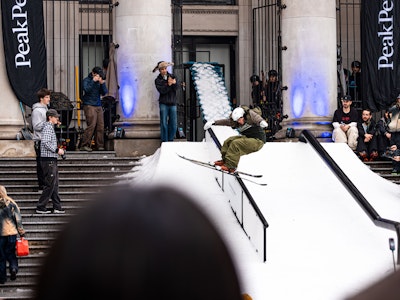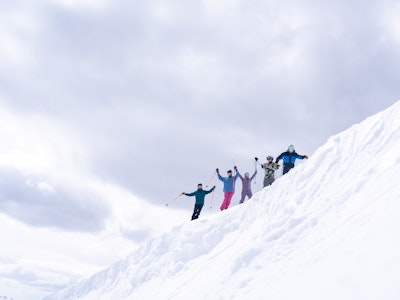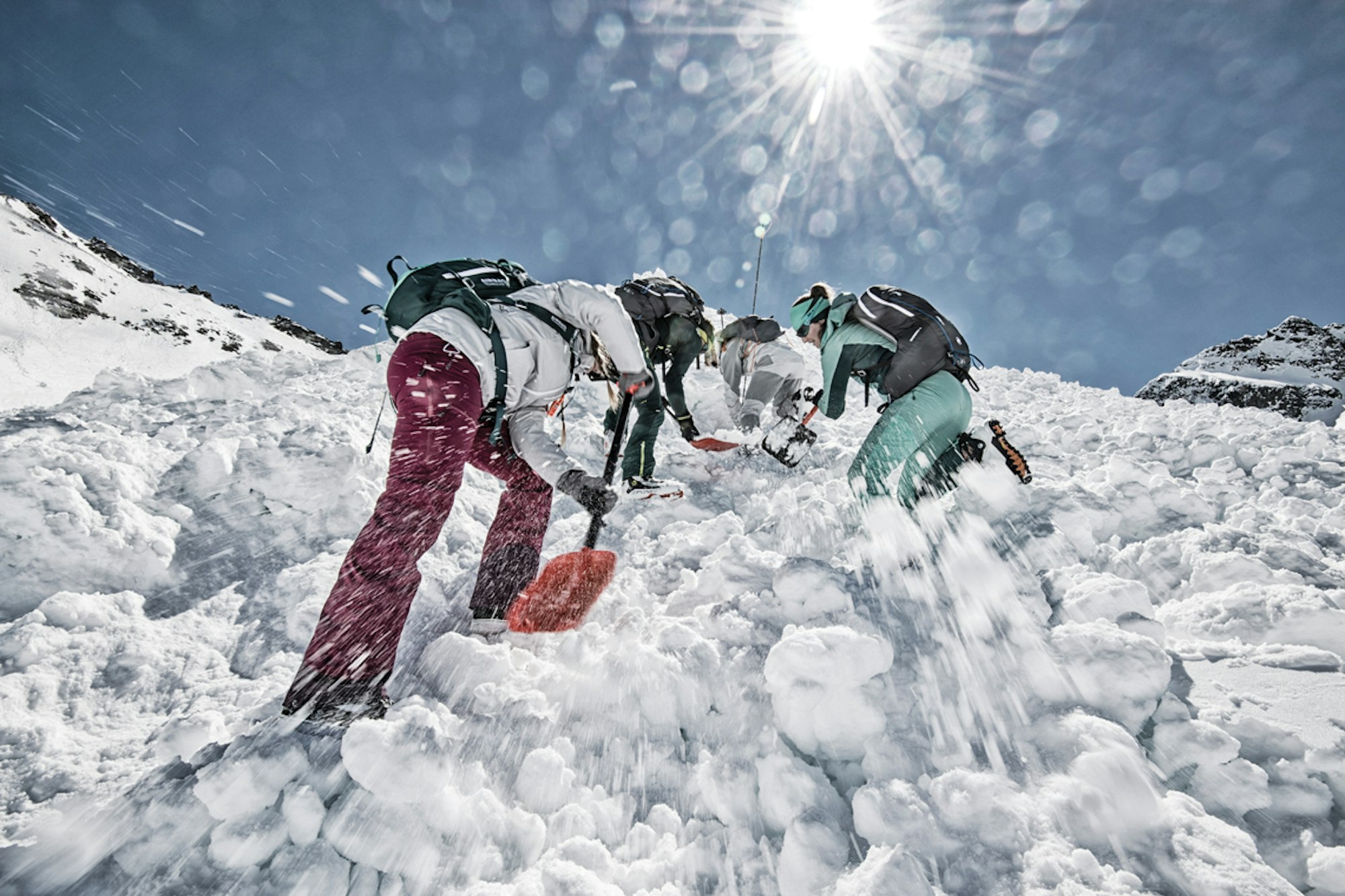The Changing Landscape of Avalanche Education in the United States
WORDS • SEAN ZIMMERMAN-WALL | PHOTOS • courtesy of Mammut
“Luck is a very thin wire between survival and disaster, and not many people can keep their balance on it.”
— Hunter S. Thompson
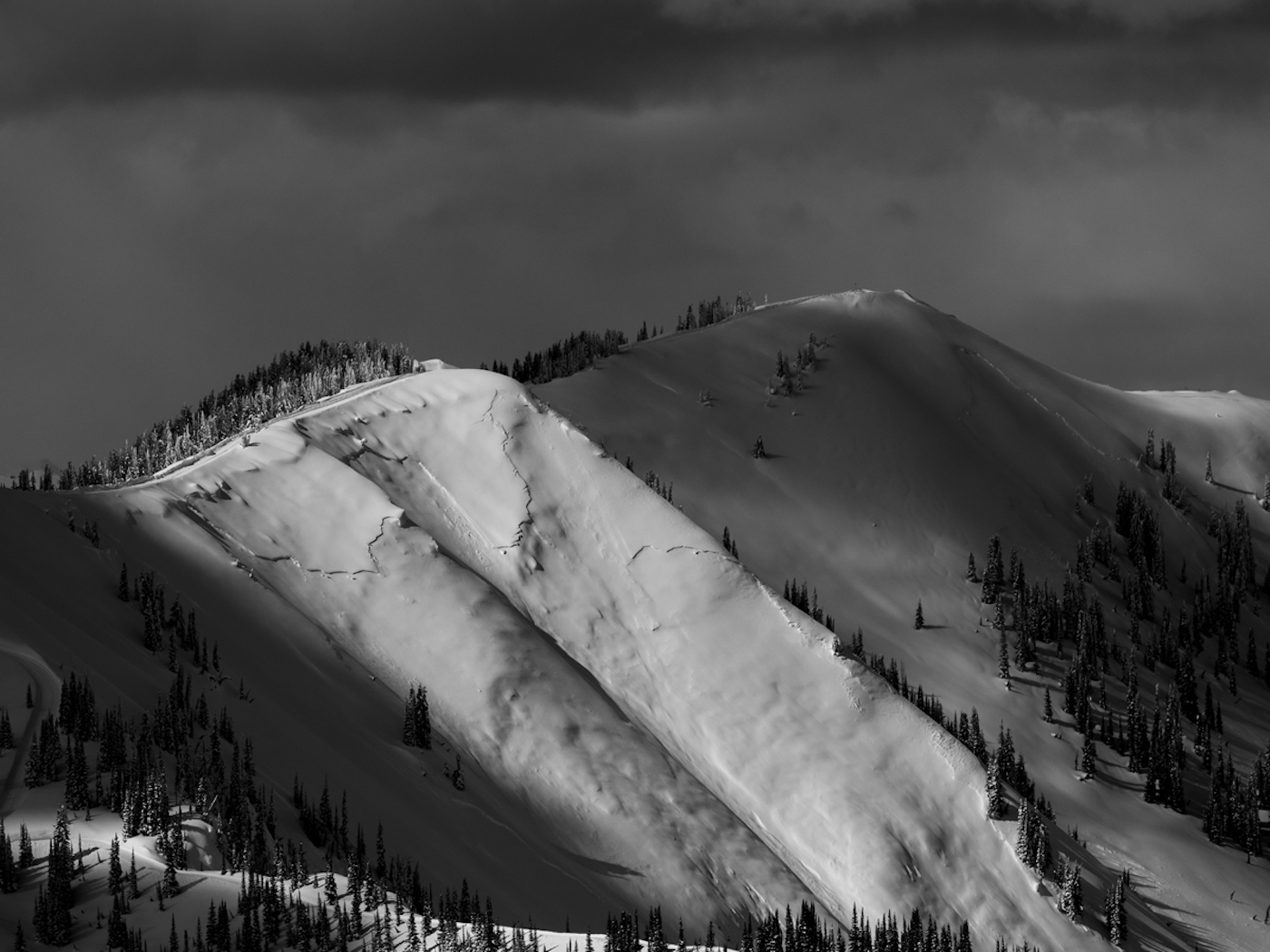
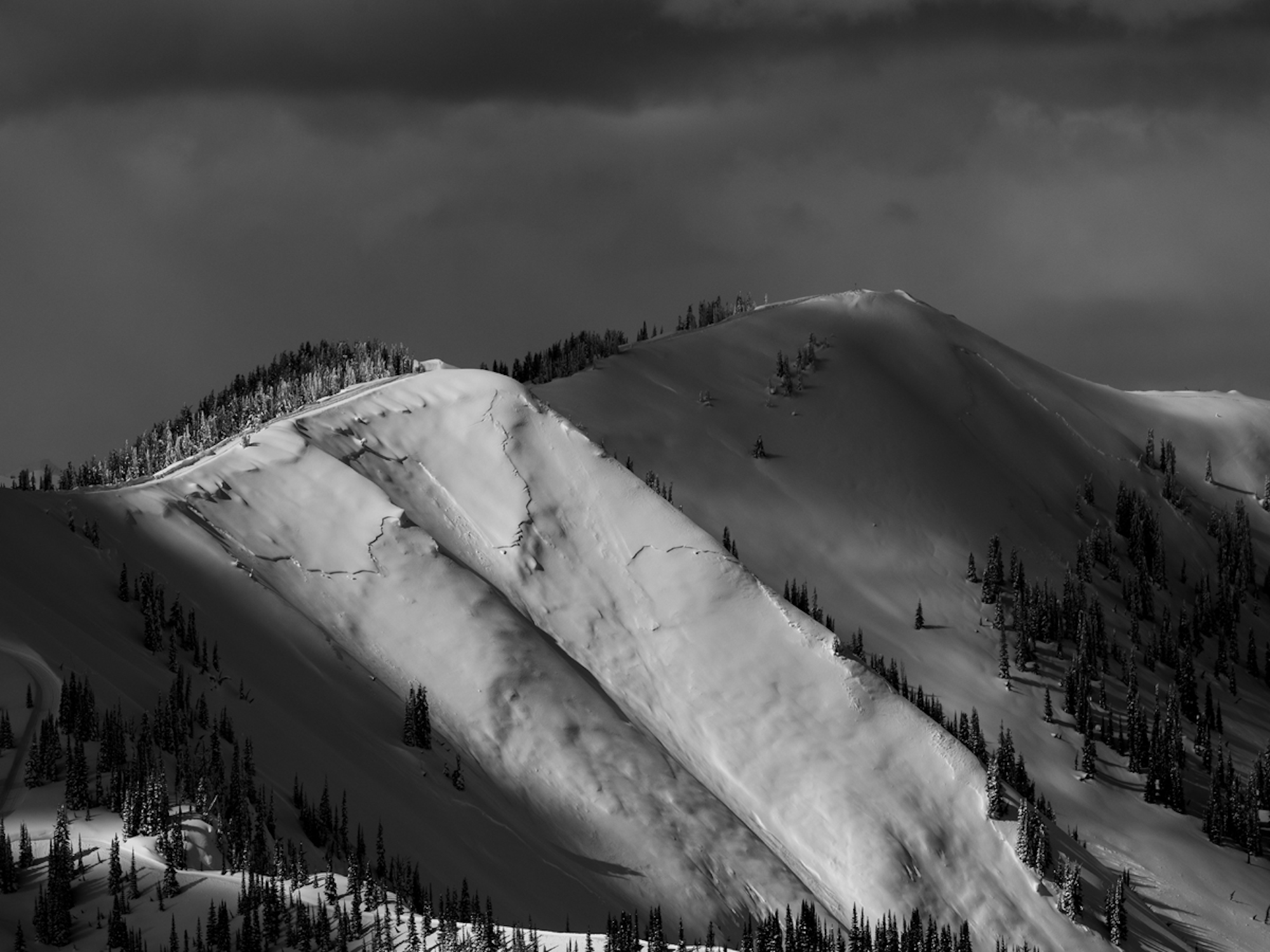
Scars of slab avalanches in the Selkirk Range. | PHOTO: Bruno Long | LOCATION: Retallack, BC
Hard work, timing and luck have a lot to do with being a successful mountain dweller. However, being prepared for when those three factors coalesce is a function of prior training and an open mind. Being able to recognize natural patterns is an art form almost as old as the mountains themselves. Cultivating a mindset to deal with the nuances of traveling through an endless combination of wind, sun and snow is a lifelong skill, and no one should be considered an expert. For in the mind of the expert, the possibilities are limited; in the mind of the beginner, they are endless. It is important to always keep that beginner’s mentality and interact with the natural world on its terms rather than force your agenda of tagging a summit or nailing the shot. Avalanche education providers from coast to coast strive to offer a semblance of this understanding and empower the learner to formulate opinions and challenge their own assumptions.
Until 2017, all formal avalanche courses followed a common structure designed to build a foundation for the backcountry traveler or mountain worker. From the early ’90s through about 2010, avalanche education focused heavily on rescue protocols and trying to dissect the snowpack in an effort to glean information. While this was an admirable start, there was much to be desired. Educators realized that participants were often overwhelmed with the material being presented, and sometimes even discouraged participation by novices.
For the 2017-18 season, a new progression with separate course streams for recreationists and professionals hit the scene. The inaugural year of the project represented the culmination of five years of work from a multitude of education providers, industry professionals, stakeholder organizations and dedicated instructors.
The modern avalanche education focuses more on developing the critical thinking skills of various groups, particularly the recreational riders, as opposed to rising professionals. The split between the two educational tracks wants to leverage the strengths of the existing structure, while branching out to include the nuances that pertain to the strengths of the different users. Creating these updates has been a principal strategy at organizations like the American Avalanche Institute (AAI) and the American Institute for Avalanche Research and Education (AIARE). Both of these proud institutions offer their own versions of a checklist, or logical framework, for handling complex situations. These tools can be adapted to each user group, no matter their experience.
The cumulative efforts of these and other highly lauded education providers are guided by the American Avalanche Association (A3). The A3 is set up as a professional membership organization that “supports excellence in avalanche safety, education and research.” Achieving an indispensable role in this realm has also allowed A3 to vet out the best possible learning outcomes by creating skills and proficiencies that each course participant should be exposed to or examined on. The courses you take dictate the height of information you receive, from simple awareness know-how on up to the skills of a certified professional. The prior structure taught awareness first and then proceeded to level 1, 2, and 3 skills. Another important note is that the only evaluation component took place in level 3 and focused mainly on the guiding industry and ski patrolling.
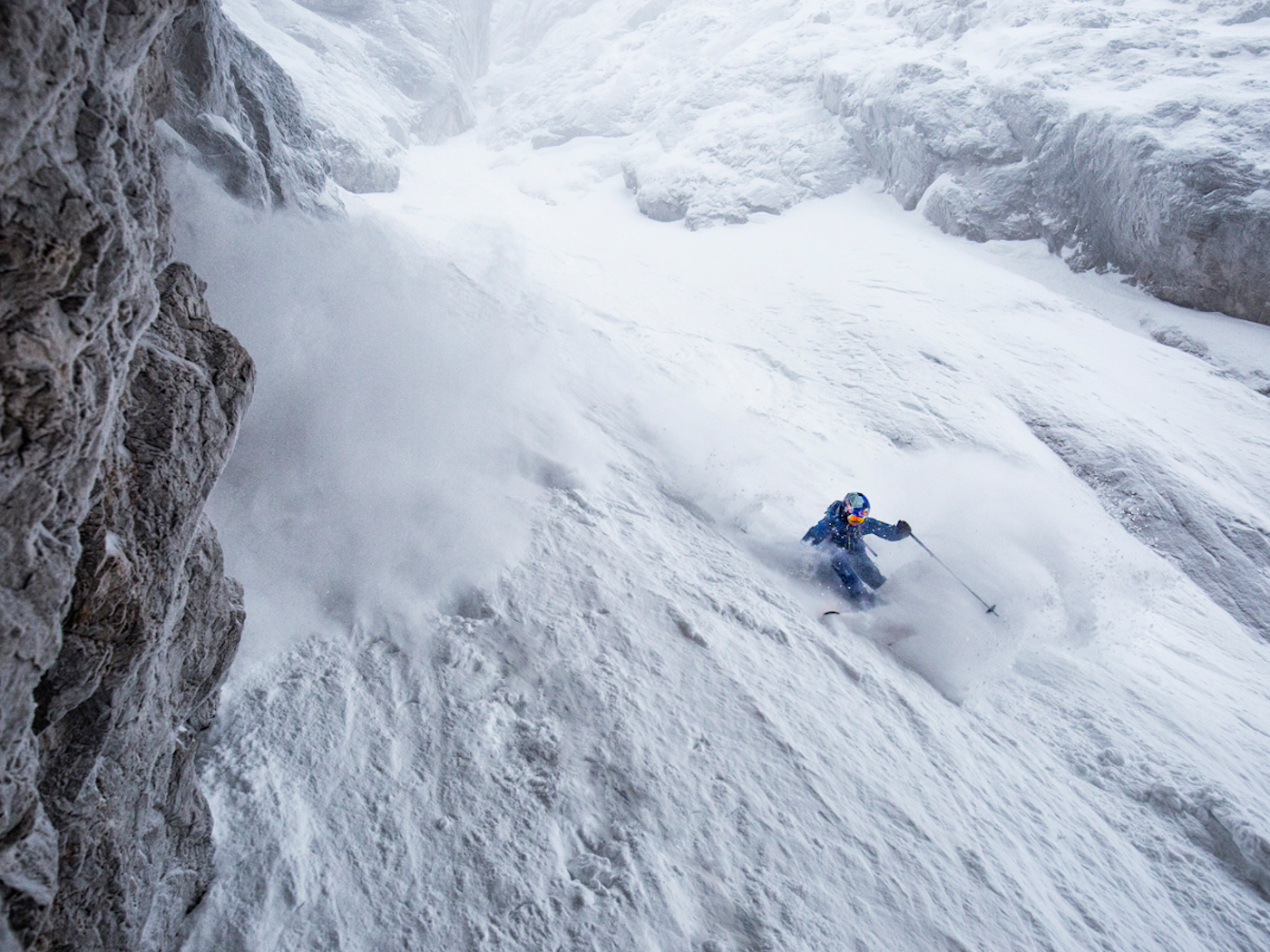
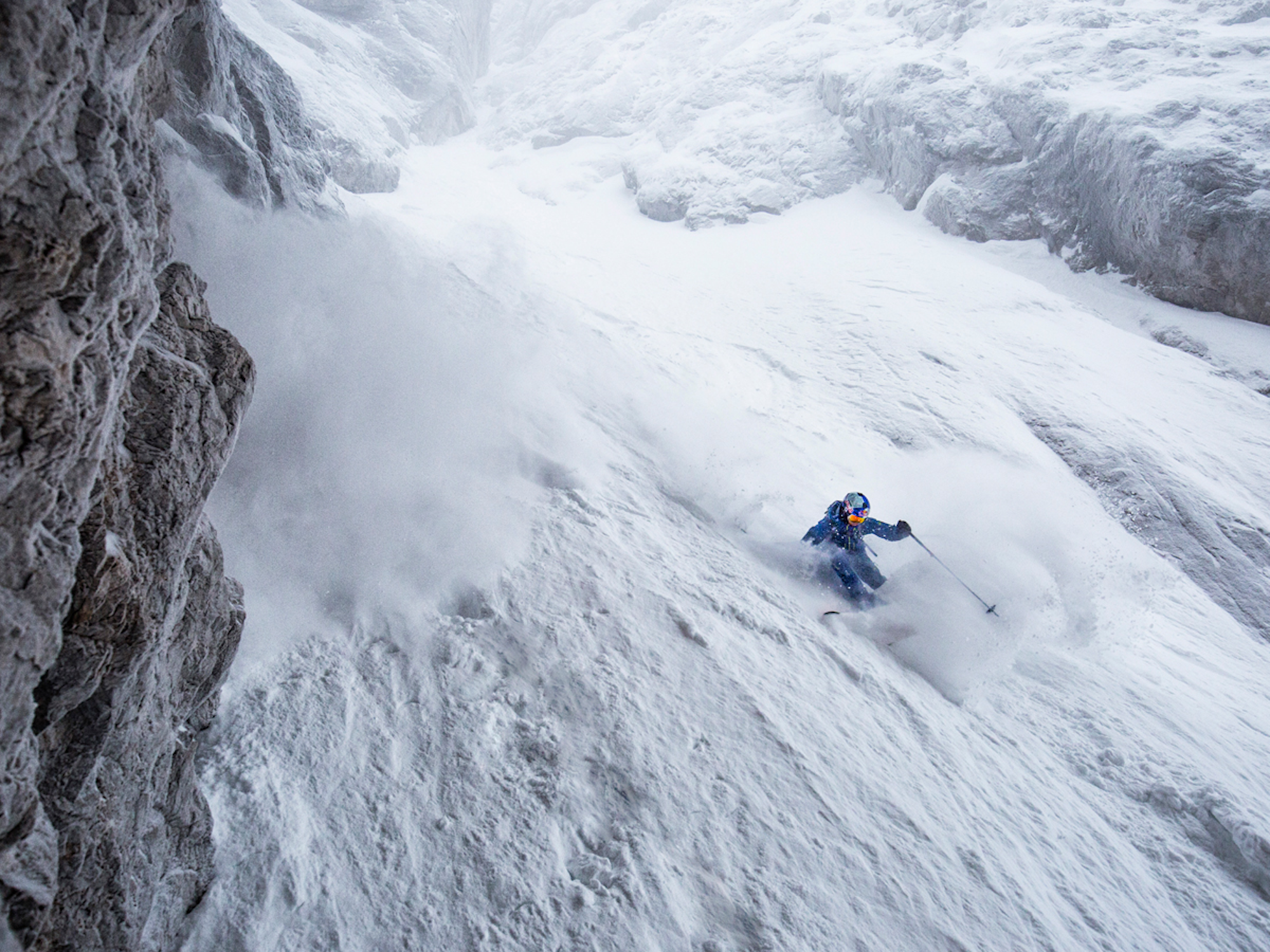
Mammut athlete Jérémie Heitz descends avalanche-prone terrain in the Italian Dolomites.
Jaime Musnicki, longtime educator and outgoing executive director of A3, shares her thoughts on the project thus far. “I believe that having specific, separate educational pathways for burgeoning avalanche professionals and advancing recreationists is a huge step forward for avalanche education in the United States. Now, each of these audiences has the opportunity to focus their learning, after a level 1 course, on topics and outcomes that are most pertinent to their main pursuits.”
Musnicki’s tasks at A3 include ensuring the nonprofit has the operating budget and industry support to facilitate program evolutions like the professional and recreational split. It is no easy feat to get a wide array of organizations and egos together in the same space in order to create an entirely new system, but her tenacity and collaborative approach keeps the momentum going.
Delivering the framework for the first season of the new progression falls on the shoulders of A3, but it is the course providers and the individual instructors that produce the amazing outcomes. The ski boots on the ground are responsible for upholding all the prior work and ensuring that participants of any level get what they need. Coming up with creative teaching strategies to share their love of avalanche education is what drives every instructor to push their own physical and mental limits. This is particularly true in a season with inconsistent snowfall during the first year of a new academic program. John MacKinnon has been teaching avalanche courses for more than a decade, and his experience working with AIARE and Colorado Mountain College (CMC) in Leadville, Colorado, enables him to interpret the big picture objectives of the project.
“Professional-track students are now able to spend more time learning how to make and record quality observations, while advanced recreationists can spend more time on material that is relevant to their needs,” MacKinnon explains. “The split opens up opportunity for the recreational-track student to spend time on topics such as trip planning, travel techniques and decision-making in group environments.”
MacKinnon’s perspective keys in on the changes from both sides of the split. While level 1 remains mostly unaltered, recreational users in the new level 2 course focus on different core competencies than an industry worker moving into the professional track. An overarching objective of the project is to promote safety in the backcountry and the workplace. Ski patrollers, guides and forecasters often purposely walk into avalanche terrain as part of their jobs, so their needs differ from a recreational user whose primary mission is avoiding avalanche prone areas. Professionals also benefit from having some sort of operational support to back up their decision making. This means being able to communicate using a certain nomenclature and robust recording standards. Additionally, there are different factors that come into play regarding risk management and developing a strategic mindset. Professional level 1 and 2 courses mimic a workplace setting and highlight the tools that pros have at their disposal.
“I think that this split holds great significance and importance within our industry. By developing and maintaining a formal structure to assess avalanche workers, we are increasing our ability to actively manage risk and ultimately decrease the number of worker fatalities,” says A3 Pro Training Coordinator Kate Koons. Her role overseeing the professional program’s inner machinery involves organizing audits, communicating with all of the course providers and performing outreach within the industry.
Working alongside Musnicki, Koons, and MacKinnon is Sarah Carpenter of AAI. She is another player in both realms and has been involved in the project since its inception. Maintaining the reputation of her organization as well as the intentions of the professional and recreational split keeps her continually striving for improvement.
“It took quite a bit of prep work the last couple years to adjust our curriculum. We were ready for the split this winter and had good success,” says Carpenter. “The evaluation criteria, as we worked through it and built grading sheets, made performance expectations clear for students and instructors alike. All in all, this year went well. We have taught professional education for many years, so that wasn’t a change. The clarity of expectations for professionals was great this year.”
With a united front of educators collaborating to improve industry best practices and achieve a safer workplace comes a continuing alignment amongst recreational instructors to create a backcountry culture of teamwork and enhanced decision making. Bruce Engelhard is a career instructor with a background in public forecasting, ski patrolling and guiding. Completing his 27th season teaching for entities like AIARE, the Utah Avalanche Center, and Utah Mountain Adventures, Engelhard reflects on how the split is benefiting the recreational user groups he works with.
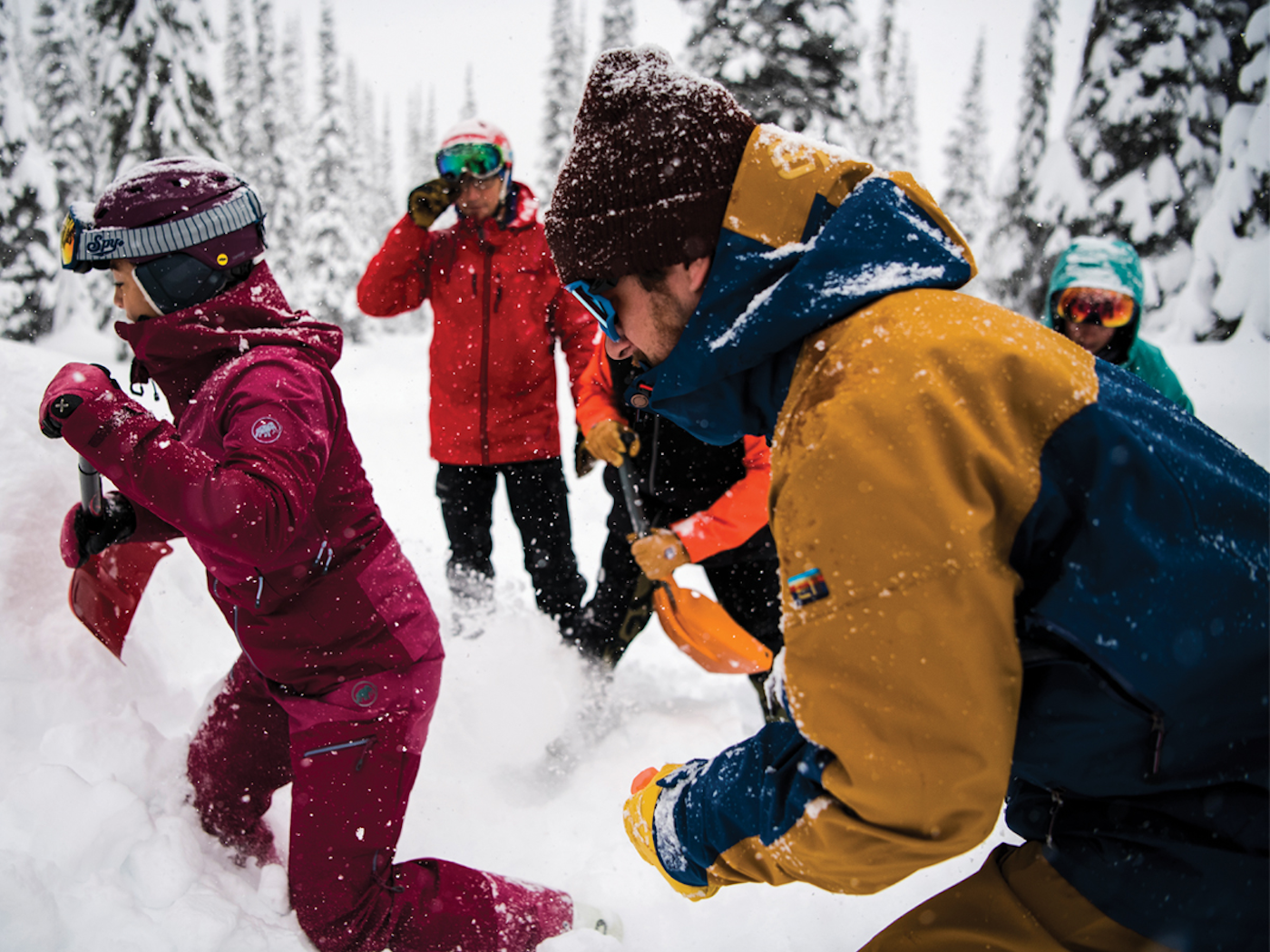
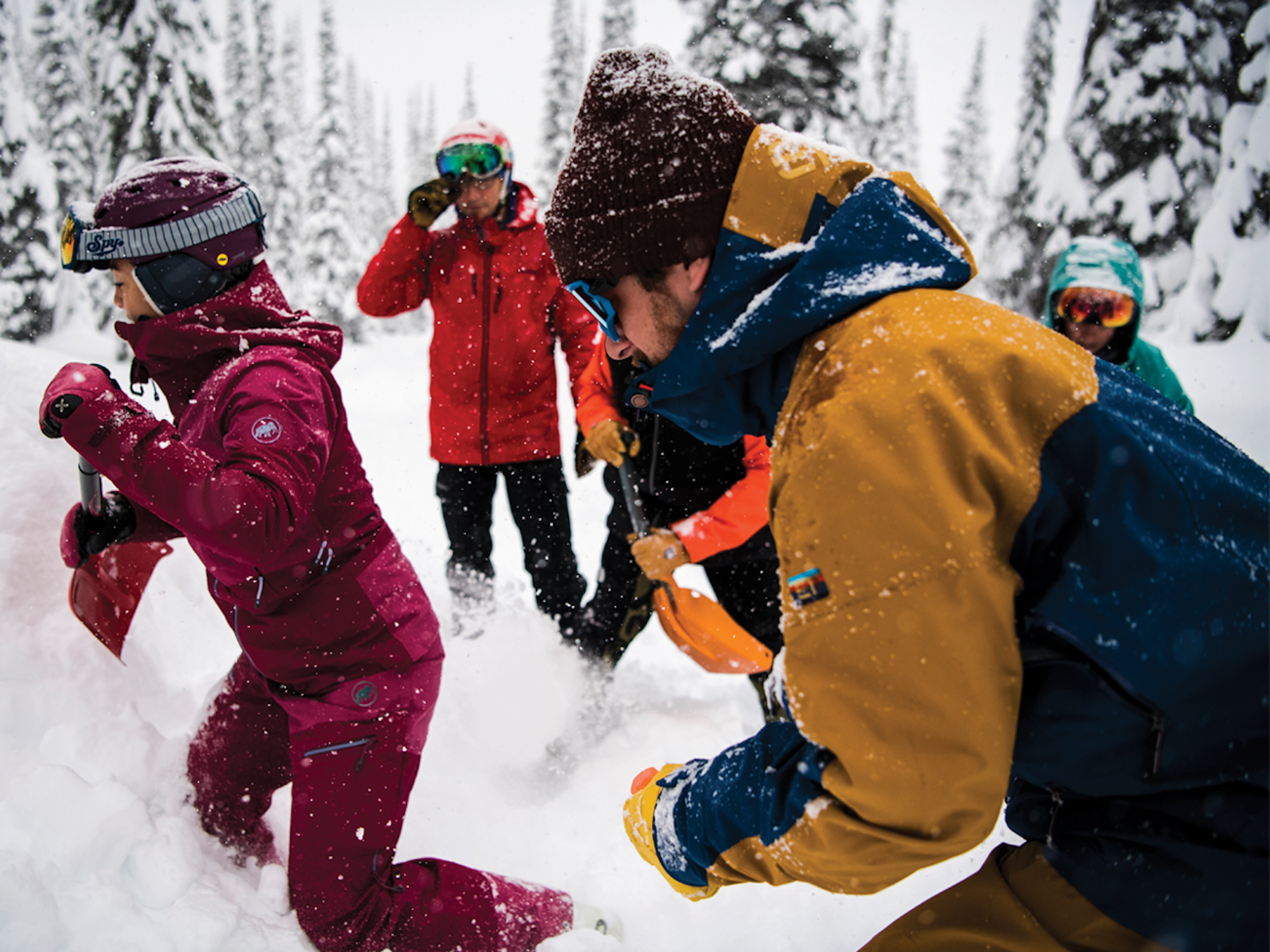
Practicing emergency procedure is just one way to keep everyone safer in the backcountry. | PHOTO: Bruno Long | LOCATION: Retallack, BC
“The pro/rec split is a long overdue necessity that I truly believe will offer more usable strategies and information, especially in the level 2 course,” he says. “An emphasis on allowing students to enter their observations using their own personal styles of documentation shows that they are much more willing to use their field books and submit observations to their local avalanche centers. The focus on small-group learning throughout the course has proven very successful. The students’ ability to both verbalize understanding and document it in their observations are also evidence that many students are leaving these classes with potential working skills that previously appeared inconsistent.”
Spending time to become familiar with the intricacies of instructing and how the new progression aligns with the objectives of backcountry travelers are key elements for educators to address. Various providers on the recreational side of the equation invest heavily in training a dedicated staff of instructors and making sure they adhere to the best practices set forth by A3. Paul Rachele, the AIARE avalanche education coordinator for Jackson Hole Mountain Guides, is an engaged member of the recreational community in Wyoming and Colorado. His perspective on the changes echoes the sentiments of others as the industry navigates through this transition, “We want to create a culture of continued education. It doesn’t stop at level 1 for recreational users. They can gain a lot from taking the Avalanche Rescue Course, which is a stand-alone eight-hour course that goes over rescue in greater detail. Then, when they are ready, students can move on to the level 2. The idea is that they come out of the entire course progression and consistently make informed decisions in the backcountry.”
Moving into season two under this structure is going to bring new challenges and successes for instructors and students, but all will ultimately benefit. For more information about the program or to find your next avalanche course, visit www.avalanche.org/avalanche-education.

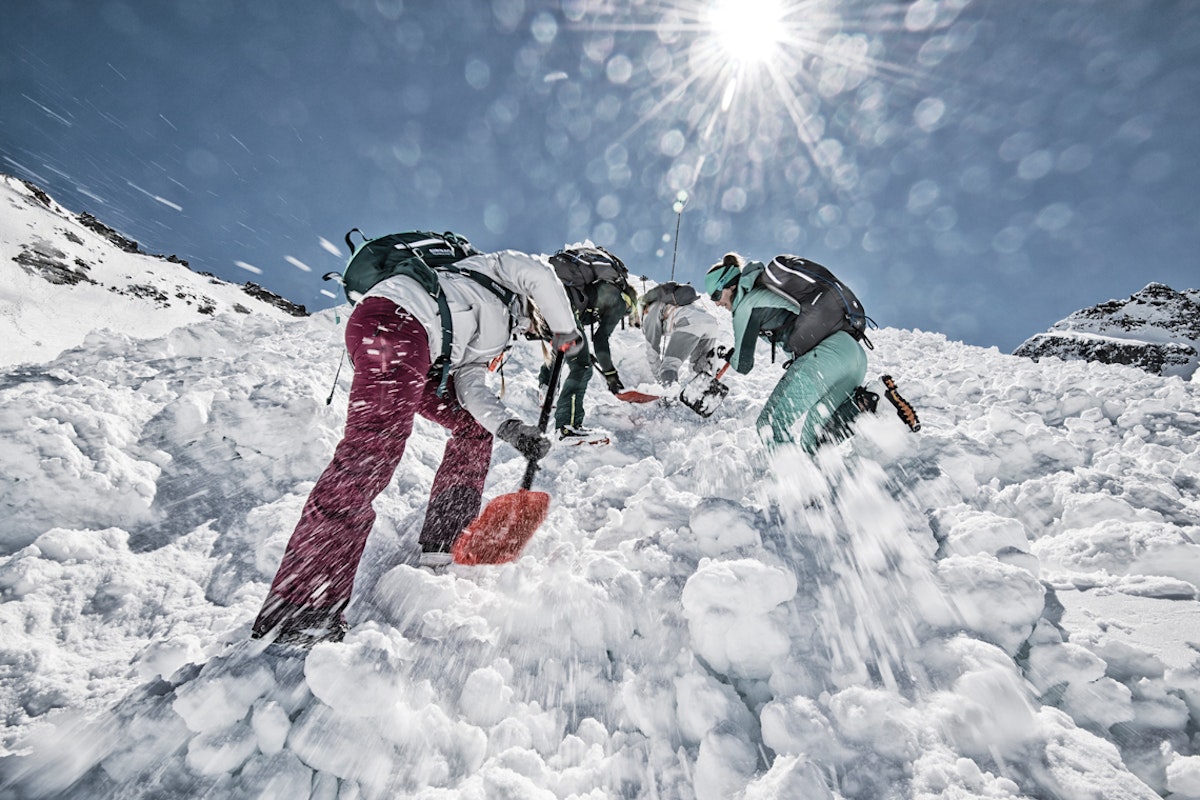
![[GIVEAWAY] Win a Legendary Ski Trip with Icelantic's Road to the Rocks](https://www.datocms-assets.com/163516/1765233064-r2r26_freeskier_leaderboard1.jpg?w=200&h=200&fit=crop)
![[GIVEAWAY] Win a Head-to-Toe Ski Setup from IFSA](https://www.datocms-assets.com/163516/1765920344-ifsa.jpg?w=200&h=200&fit=crop)
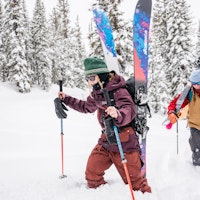
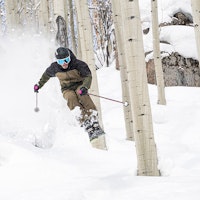
![[GIVEAWAY] Win a Legendary Ski Trip with Icelantic's Road to the Rocks](https://www.datocms-assets.com/163516/1765233064-r2r26_freeskier_leaderboard1.jpg?auto=format&w=400&h=300&fit=crop&crop=faces,entropy)


![[GIVEAWAY] Win a Head-to-Toe Ski Setup from IFSA](https://www.datocms-assets.com/163516/1765920344-ifsa.jpg?auto=format&w=400&h=300&fit=crop&crop=faces,entropy)


